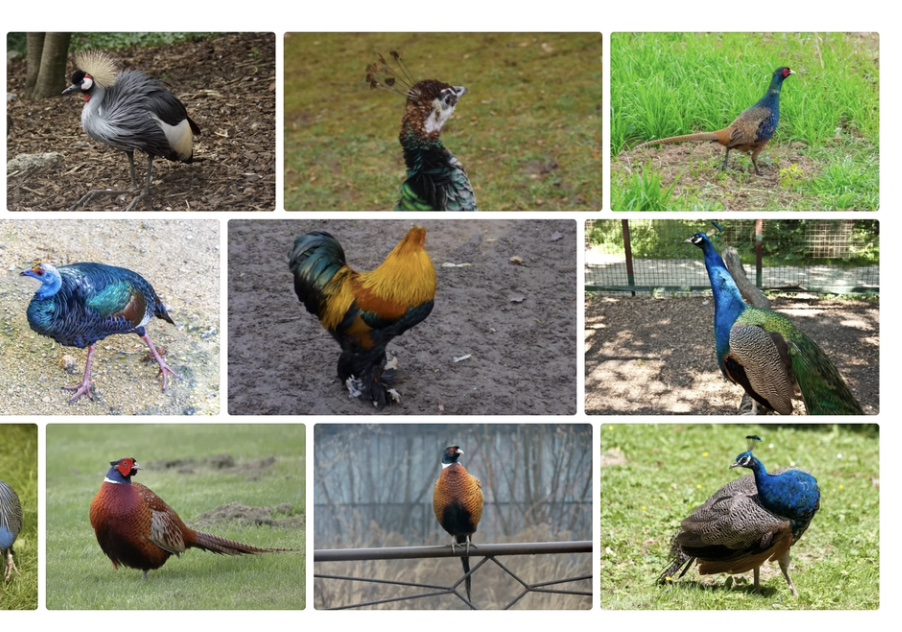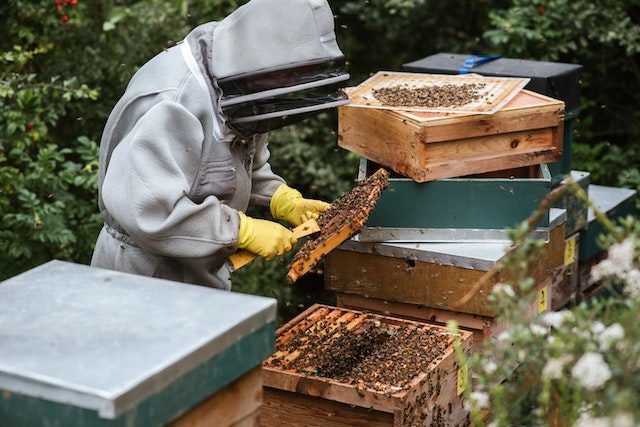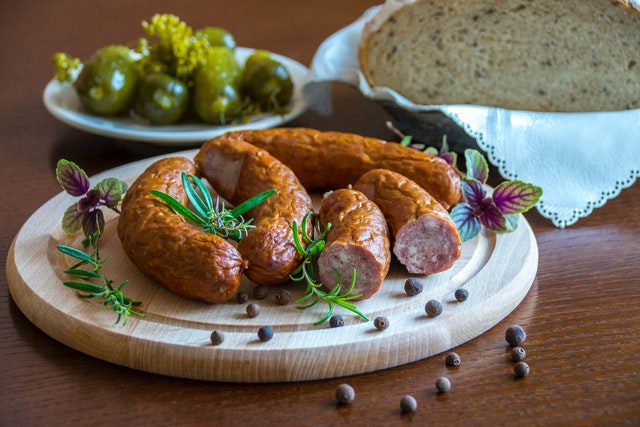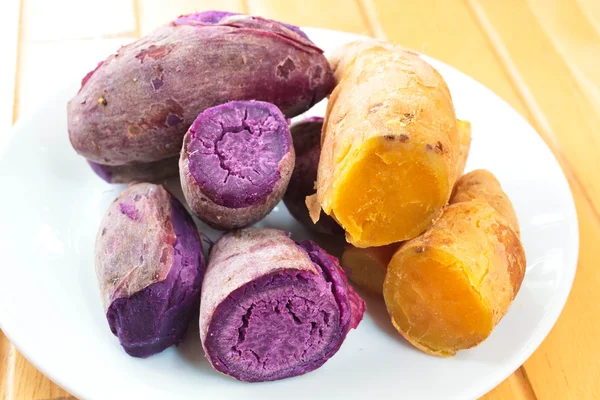Can you Make Money Keeping ornamental birds in Kenya such as ostrich, peacocks and parrots? If you are an aspiring entrepreneur or a seasoned farmer looking to diversify your income? Commercial aviculture is an incredible opportunity to turn your passion for poultry into a thriving business.
In the competitive world of agriculture, poultry farming in Kenya stands out not only for its profitability but also for its resilience and potential for growth. Whether you’re just starting or seeking to expand your farming portfolio, venturing into wild bird farming can be your gateway to sustained financial success.
This blog will guide you through the essential steps to building a profitable ornamental birds keeping business, from choosing the right breeds to implementing best practices for maximizing yields.
What is Aviculture Farming?
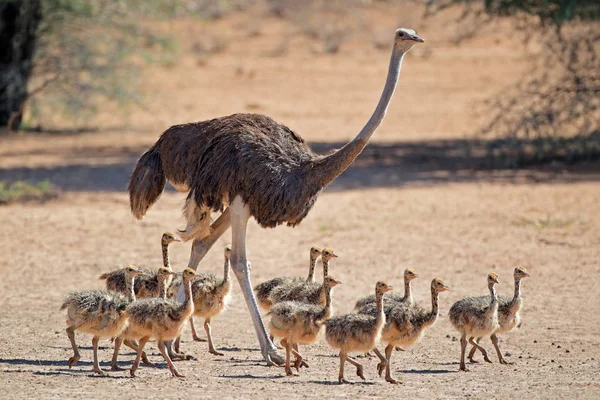
Aviculture farming involves the breeding, rearing, and management of domesticated birds for the production of meat, eggs, and other products. It can be categorized into two main types: commercial and backyard production.
- Commercial aviculture farming involves large-scale operations that focus on maximizing efficiency and output. These farms often employ modern technologies and practices to optimize production and meet the demands of the market.
- Backyard aviculture production is typically smaller in scale and is often practiced by households for personal consumption or small-scale sales.
Related: Is Layers Chicken Farming in Kenya Profitable in 2024?
Which are the Best Ornamental Birds to rear in Kenya?
| Ornamental Bird | Potential Earnings (KSh) |
|---|---|
| Grey Crowned Crane | Sh45,000 – Sh60,000 per mature bird |
| Silkie Bantam | Sh7,000 – Sh9,500 per bird |
| Polish Bantam | Sh1,000 – Sh2,500 per bird |
| Budgerigar (Budgie) | Sh4,000 per bird |
| Guinea Fowl | Sh1,000 – Sh1,500 per bird |
| Parrot | Sh30,000 – Sh40,000 per bird |
| Adult Duck | Sh1,500 per bird |
| Adult Turkey | Sh6,000 – Sh8,000 per bird |
While ostriches are one of the most prominent domesticated wild bird species in Kenya, several other wild bird species have been successfully domesticated for food production and aesthetic reasons:
Ornamental chickens

Ornamental chickens have gained popularity in Kenya as both pets and ornamental birds, contributing significantly to the agricultural economy. These birds are primarily kept for their aesthetic appeal rather than for meat or egg production. Among the most sought-after breeds are;
- Bantams, which are small, friendly chickens known for their charming appearance and calm demeanor. They are often reared in cages and can fetch high prices, with some varieties like the Silkie bantam selling for up to Sh9,500.
- Polish chickens, known for their distinctive crests.
- Brahmas: A large chicken breed known for their feathered feet and legs
- Wyandottes: A chicken breed known for their rose comb and full breasts.
- Chabos: A Japanese chicken breed with a large crest on their head
- Araucanas: A chicken breed that lays blue/green eggs
Ostrich
Ostriches are the largest living species of bird and have been domesticated in Kenya for their meat, leather, feathers, and eggs. They are well-suited to the local climate and terrain, making them a practical choice for farmers. Some farms licensed to raise ostriches in Kenya include Naivasha Ukunda Farm Park, Kedowa Ostrich Farm, and Maasai Ostrich Farm.
Pigeons and Doves
Pigeons and doves belong to the family Columbidae and are widespread across the globe. They have been domesticated for thousands of years and are popular for both food and as ornamental birds.
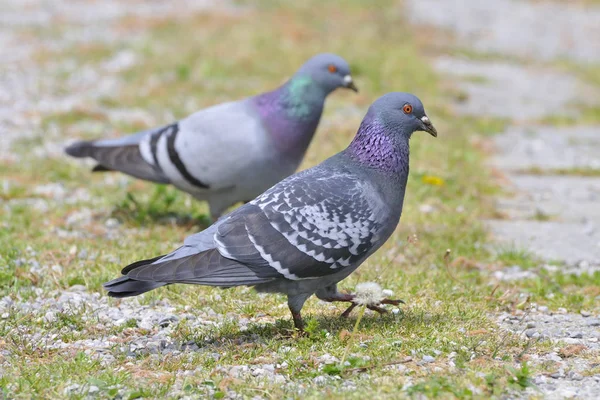
- Pigeons Pigeons, particularly the rock pigeon (Columba livia), are commonly raised for their meat (known as squab) and as racing birds. In Kenya, various breeds such as the Indian Fantail and Lahore pigeons are kept for their beauty and as pets. They are relatively easy to care for and can thrive in urban environments, making them accessible for many small-scale farmers and hobbyists.
- Doves: Doves, including species like the red-eyed dove (Streptopelia semitorquata) and the laughing dove (Streptopelia senegalensis), are often kept for their gentle nature and aesthetic appeal. While not as commonly raised for meat as pigeons, doves can be a source of food in some cultures. They are also popular in aviculture due to their beautiful plumage and soft cooing sounds.
Guinea Fowls
Guinea fowl are medium-sized birds native to Africa that have been domesticated for both food and ornamental purposes. They are hardy, disease-resistant birds that can adapt well to various environments. Guinea fowl are prized for their meat, eggs, and unique appearance. They are also effective pest controllers on farms.
Quails
Several species of quails, such as the Japanese quail, have been domesticated for their meat and eggs. Quails are small, prolific birds that require less space compared to larger poultry species, making them suitable for small-scale farming.
Ducks and Geese
Domestic ducks and geese, such as the Muscovy duck and Graylag goose, have been raised for their meat, eggs, and feathers. These waterfowl species can thrive in various environments and are known for their hardiness
Peacocks
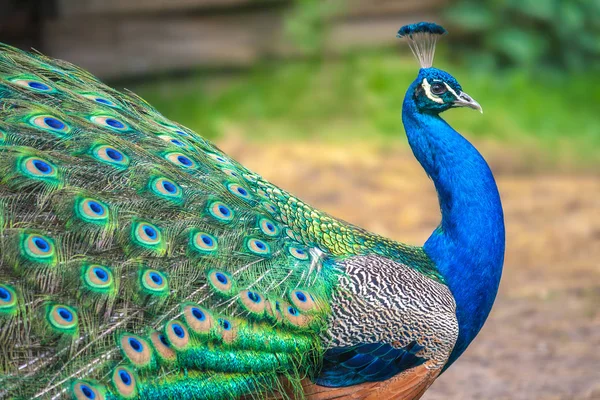
Peafowl, particularly the Indian peafowl, have been domesticated for their striking appearance and ornamental value. While they are not typically raised for food, peafowls can provide additional income through the sale of live birds, eggs, and feathers
Parrots
Parrots are colorful birds belonging to the family Psittacidae, known for their intelligence and ability to mimic sounds. While they are primarily kept as pets, some species are also farmed for their feathers and as part of the exotic bird trade.
- African Grey Parrot: The African grey parrot (Psittacus erithacus) is highly sought after for its exceptional vocal abilities and intelligence. Though they are not typically farmed for food, their popularity in the pet trade makes them a valuable species for aviculture. In Kenya, conservation efforts are crucial as their populations are threatened by habitat loss and the illegal pet trade.
- Meyer’s Parrot: This smaller parrot species (Poicephalus meyeri) is known for its friendly disposition and vibrant colors. Meyer’s parrots are often kept as pets and can be bred in captivity, making them a good choice for aviculturists interested in breeding and selling birds for the pet market
Grey crowned cranes
Grey crowned cranes are beautiful, large birds native to East Africa, including Kenya. They are known for their striking appearance and as ornamental birds are considered a symbol of beauty and grace. However, their populations are declining due to habitat loss and poaching, making conservation efforts essential. Rearing grey crowned cranes can be a lucrative venture. Farmers can earn between Sh80,000 and Sh100,000 annually by selling these birds, especially to ornamental bird enthusiasts and for eco-tourism purposes.
Other Wild Animals to Consider
Are there other profitable Wild Species I can Rear for More Money?
Crocodiles
Crocodile farming has become a lucrative industry, particularly in regions where these reptiles are abundant. Key benefits include:
- Meat and Leather Production: Crocodile meat is considered a delicacy, and their hides are used for luxury leather goods.
- Sustainable Practices: Farming crocodiles can reduce illegal hunting and support conservation efforts.
Grasscutters (Cane Rats)
Grasscutters are small rodents native to Africa that have been domesticated for meat production. They are especially popular in West Africa. Benefits of grasscutter farming include:
- High Reproductive Rate: Grasscutters breed quickly, providing a steady supply of meat.
- Low Maintenance: They require minimal care and can thrive on natural vegetation.
Giant Rats
The giant rat, known for its size and adaptability, has been the focus of domestication efforts in some African countries. They offer:
- Nutritional Value: Giant rats are a source of protein in many rural diets.
- Quick Adaptation: They adapt well to captivity and can be bred for meat production.
Read Next: Can Snail farming in Kenya Make you Rich?
In conclusion
As you consider venturing into ornamental birds farming, remember that success in this field isn’t just about raising birds; it’s about creating a sustainable and profitable business. The journey may require careful planning, hard work, and continuous learning, but the rewards are well worth the effort. With the right approach, you can turn your aviculture farm into a powerhouse of productivity, contributing to your financial independence and the greater good of your community.
Frequently Asked Questions (FAQs)
What are the Benefits of Farming ornamental birds like ostrich and peacocks?
- Diverse Protein Sources: Domesticated wild birds provide alternative sources of meat and eggs, enhancing food security in communities.
Lower Input Costs: Many wild bird species are well-adapted to local environments, requiring fewer resources for maintenance and reducing overall production costs.
Ecological Benefits: Farming wild birds helps alleviate hunting pressure on wild populations and supports biodiversity conservation by providing sustainable meat sources.
Economic Opportunities: Domesticated wild birds create new markets and income streams through meat, egg production, and ecotourism, benefiting local economies.
Enhanced Animal Welfare: These birds often thrive in less intensive farming systems that mimic their natural habitats, leading to healthier and more productive flocks
What are the right criteria for Choosing the best Ornamanetal Birds to Rear on Your Farm?
- High Meat Yield: Select birds that can produce a significant amount of lean, low-fat meat, which is increasingly in demand in the market.
- Valuable By-products: Opt for species that provide additional valuable products, such as feathers, eggs, and leather, enhancing overall profitability.
- Adaptability to Local Conditions: Choose birds that are well-suited to your local climate and terrain, ensuring easier management and better survival rates.
- Growing Market Demand: Focus on species with increasing demand for their products, both locally and internationally, to maximize sales opportunities.
How do I Start Successful Aviculture Farming in Kenya?
Starting an aviculture farming business in Kenya requires careful planning and adherence to legal requirements. As a farmer, you should invest in proper housing, feeding systems, and veterinary care to ensure the health and well-being of their ostriches. Here are the 8 key steps to follow when getting started:
- Research and Planning: Understand the specific needs of the species you wish to farm, including habitat, diet, and breeding requirements.
- Secure Permits and Licenses: Register your business and obtain the required licenses, including the “Authority to Operate Wildlife Utilization Enterprise (Small Birds)” from the Kenya Wildlife Service (KWS).
- Infrastructure Development: Build appropriate housing and facilities that cater to the needs of the birds. This includes proper fencing, feeding systems, and water supply.
- Sourcing Stock: Acquire breeding stock from reputable sources to ensure genetic diversity and health.
- Management Practices: Implement best practices for poultry farming, including nutrition, health care, and biosecurity measures to prevent disease outbreaks.
- Market Development: Identify potential markets for your products, whether local or international, and develop a marketing strategy.
How much does it cost to sell an ornamental bird like a crane or Parrot in Kenya?
The Price of a pair of parrot is Ksh 6,000 in Kenya. On the other hand, a mature crested crane costs Ksh 60,000. Other birds to consider are turkey which sells for Ksh 6,000 and a duck 1,500
How much does it cost to get the KWS License to rear wild birds and game animals?
The Price of the Kenya Wildlife Services (KWS) is Ksh 1,500. You will need to renew it annually.
